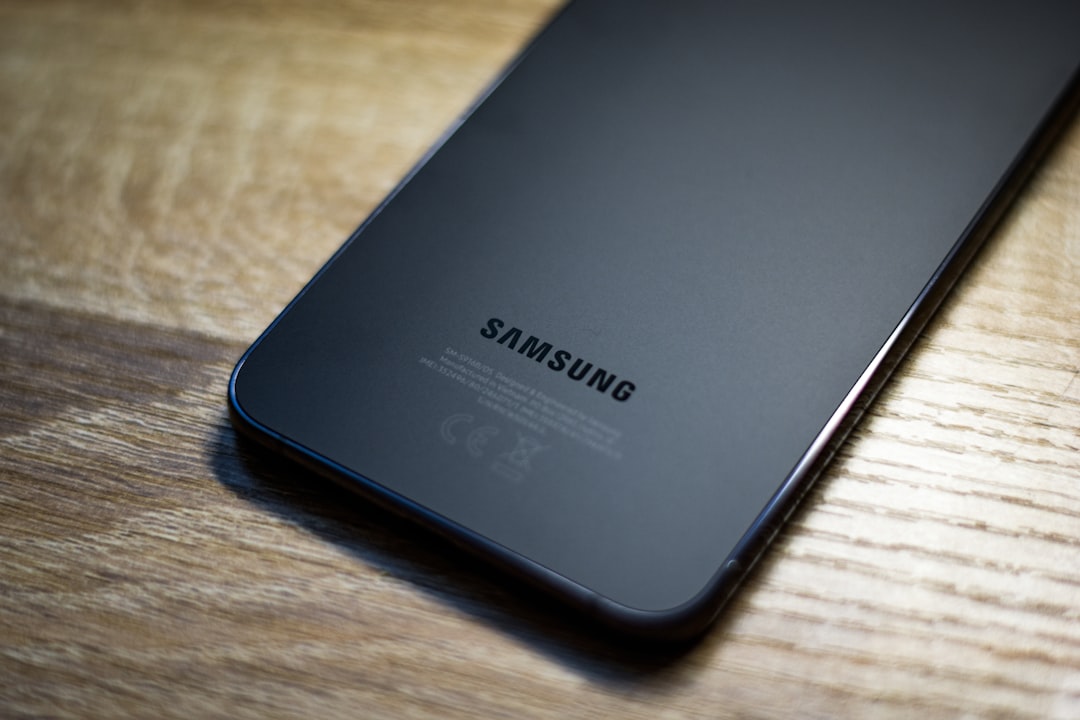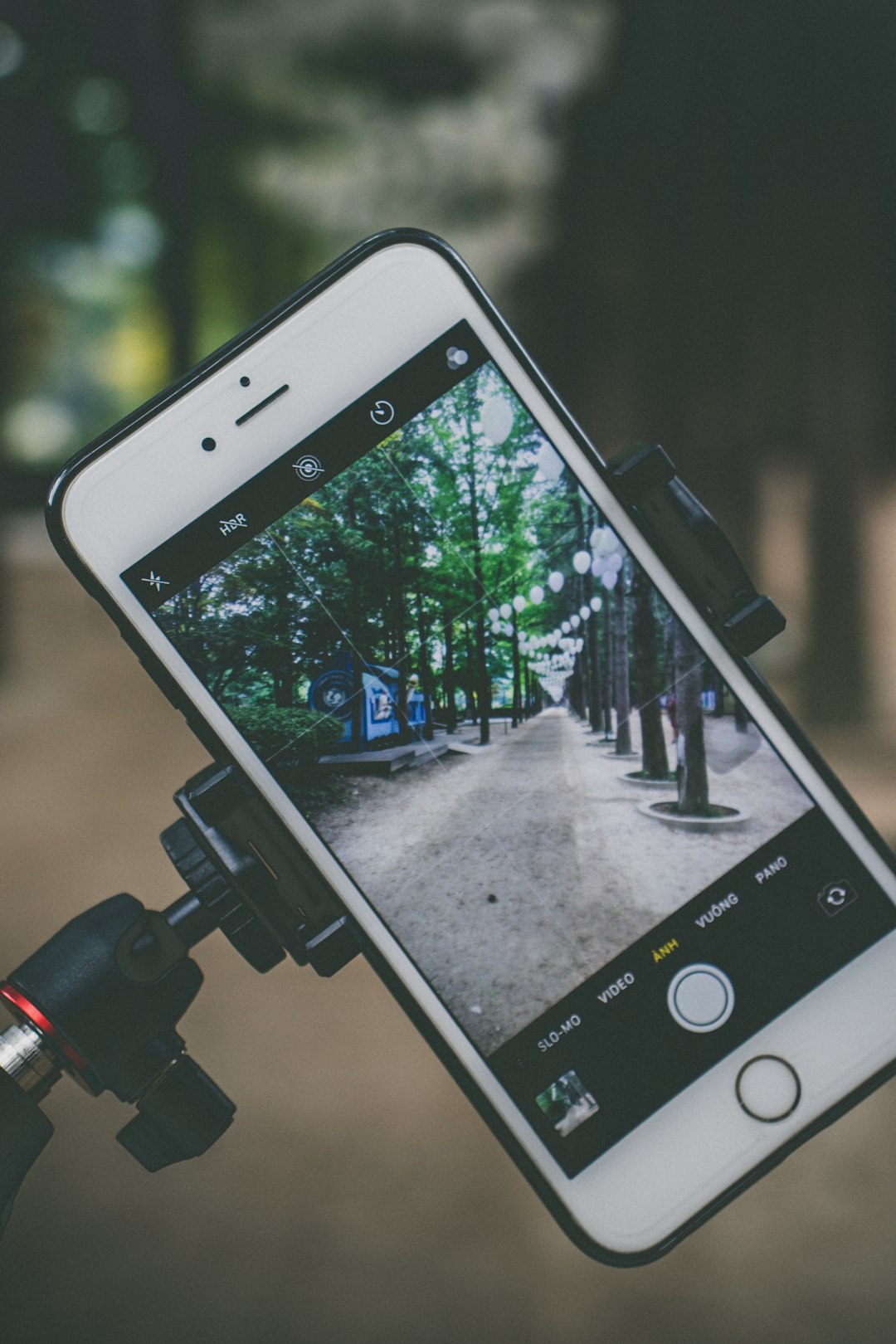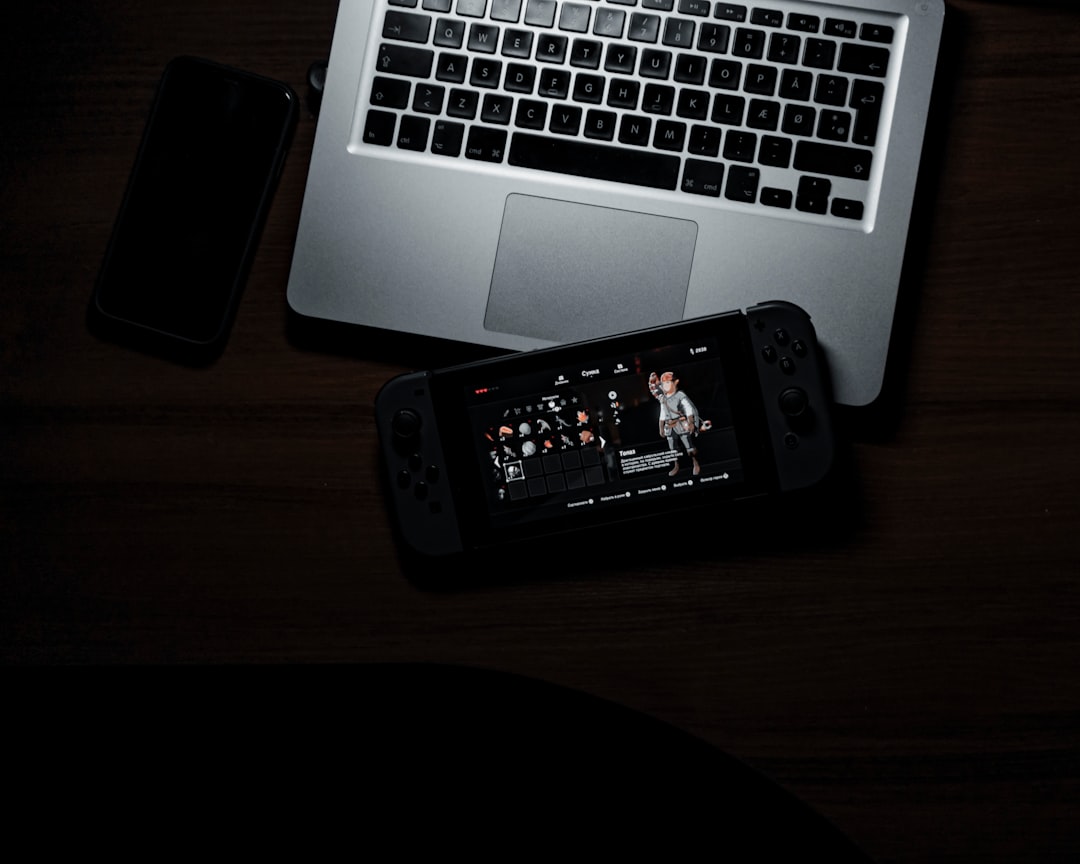The evolution of smartphone videography has seen tremendous leaps over the past few years, and Samsung remains at the forefront of this revolution. In this comparative analysis, we dive deep into the videography prowess of two flagship models — the Samsung Galaxy S25 Ultra and the Samsung Galaxy S20 Ultra. With a five-year gap between their launches, the contrast is as much about hardware evolution as it is about improved computational photography and software stabilization. How far have we come? Let’s explore the results from our in-depth video tests.
Design and Handling for Shooting
Before examining the actual video quality, it’s crucial to consider how these phones feel during recording sessions. The Galaxy S25 Ultra brings refinements in ergonomics and weight balance, making it more comfortable to hold for extended periods — particularly when filming handheld. Though physically larger, it feels more manageable thanks to its flatter edges and optimized weight distribution.
In contrast, the S20 Ultra, with its curved display and slightly top-heavy design due to a large camera module, can be more cumbersome for handheld videography. When mounted on a gimbal, both devices perform well, but handheld operation clearly favors the newer model.
Camera Hardware Comparison
Both devices offer multiple lenses tailored for different types of video shooting, but the S25 Ultra boasts significant advancements:
- Samsung Galaxy S25 Ultra: 200MP main sensor, 50MP ultra-wide, dual 10MP telephoto (3x and 10x), improved image signal processor (ISP).
- Samsung Galaxy S20 Ultra: 108MP main sensor, 12MP ultra-wide, 48MP periscope telephoto (4x), older ISP.
The S25 Ultra‘s upgraded ISP and larger sensors contribute heavily to better dynamic range, superior low-light performance, and more natural color rendering. These differences come into sharper focus when we examine real-world video clips shot under various conditions.
Daylight Video Performance
In well-lit outdoor environments, both phones perform admirably — but the S25 Ultra demonstrates noticeable advantages. Videos are brighter, more vibrant yet realistic, and maintain details across the frame. Thanks to the improved sensors and software, exposure transitions (such as when panning from a shadowed area into direct sunlight) are smoother and more accurate.

On the S20 Ultra, while the footage still holds up by today’s standards, it tends to exhibit more contrast, less dynamic range, and sometimes over-sharp edges due to aggressive post-processing. The stabilization is also slightly jittery during movement, especially at higher resolutions.
Low-Light and Night Video Performance
Here is where the S25 Ultra sets a new benchmark. Improved computational videography, along with support for AI-enhanced noise reduction and better HDR capabilities, allows the phone to capture excellent low-light footage with minimal grain and accurate colors. Footage retains subject clarity without smearing, and there’s no noticeable frame dropping when moving between light sources.
The S20 Ultra, though competent, struggles under the same conditions. Videos shot at night have noticeably more noise and can appear washed out or overly yellow due to white balance issues. Autofocus also tends to hunt more frequently, resulting in occasional blurring of fast-moving or poorly lit subjects.
Stabilization and Motion Handling
Stabilization has always been a strength of Samsung’s Ultra series, but the gap between these two devices is substantial. The S25 Ultra now supports enhanced Super Steady mode using a combination of optical image stabilization (OIS), electronic stabilization (EIS), and AI-assisted motion prediction. Whether walking, panning, or recording fast-moving subjects, the footage remains impressively steady and cinematic.
On the S20 Ultra, standard stabilization modes are still usable, but they lag behind by modern standards. The presence of slight jitters and micro-shakes, especially when filming at 8K or in fast-action scenes, diminishes the professional feel of the output.
Color Science and White Balance
The color science on the S25 Ultra is more refined. It leans towards a natural, more filmic look compared to the slightly saturated and contrast-heavy profile of the S20 Ultra. Skin tones now appear more lifelike, and transitions between varying lighting temperatures are smooth, thanks to real-time white balance adjustment powered by AI.
Comparatively, the S20 Ultra often struggles with overcorrecting, leading to inconsistent color casts during long takes. In mixed lighting environments — such as filming indoors with both artificial and natural light — the discrepancies become even more apparent.
Audio Capture Quality
Audio quality is often overlooked in smartphone video tests, but it plays a crucial role in overall production value. The S25 Ultra includes directional microphone enhancements and supports audio zoom, allowing it to focus on a source while reducing ambient noise intelligently. The difference is palpable when recording in noisy environments such as streets or public events.
The S20 Ultra, while decent, records flatter and more mono-sounding audio. There’s also more ambient noise bleed, and the lack of advanced noise isolation is particularly noticeable when speaking from a distance.
Video Modes and Versatility
Samsung continues to innovate in video features, and the S25 Ultra benefits from enhancements across various modes:
- 8K Recording: The S25 Ultra allows 8K at 30fps with better stability and longer recording durations, while the S20 Ultra was limited and often prone to frame skipping.
- Director’s View: Equipped in the S25 Ultra — allows simultaneous capture from front and rear cameras — ideal for vloggers and content creators.
- Pro Video Mode: Now includes LUTs, focus peaking, histogram and USB mic support for the S25 Ultra, making it a semi-professional setup for indie creators.

The S20 Ultra’s features, while groundbreaking at the time, now feel stripped down and lack the fine-tuned controls that modern users demand.
Battery and Heat Management During Recording
The S25 Ultra introduces superior thermal management during extended 4K and 8K recordings. Even during long sessions, the device maintains temperature control without dimming the screen or auto-shutting video recording.
On the S20 Ultra, long bursts of 8K or high frame-rate 4K recording can result in overheating warnings, reduced brightness, or sudden recording stops. This is particularly problematic for users filming events or extended B-roll footage.
Verdict: Is the Upgrade Worth It?
In every category we examined — from hardware and stabilization to low-light performance and audio quality — the Galaxy S25 Ultra stands out as a matured, refined tool for serious mobile videography. While the S20 Ultra still delivers reliable performance for casual video shooters, it is clearly showing its age against Samsung’s newer flagship.
For professionals, content creators, or enthusiasts aiming for high-quality production from a smartphone, the S25 Ultra offers compelling advantages. Combined with new AI-powered features, better thermal management, and massive improvements in audio-video fidelity, it’s a worthy investment for anyone serious about mobile videography.
If you’re considering whether an upgrade is worthwhile just for video creation, the answer in this case is a resounding yes.

